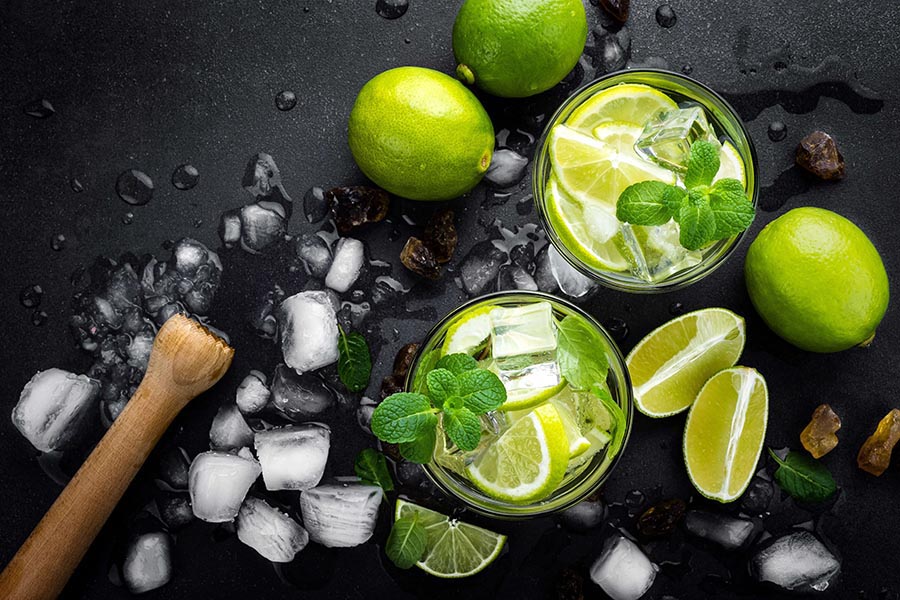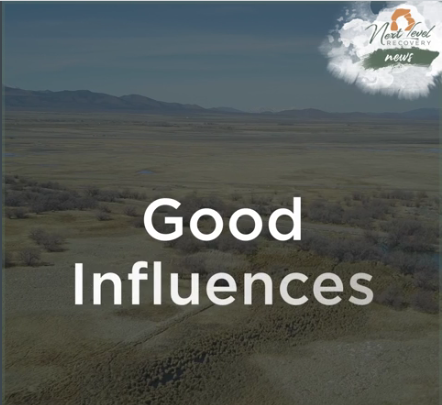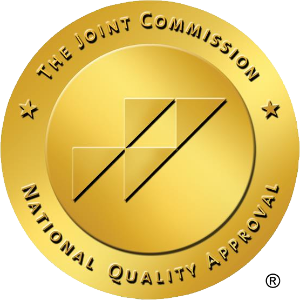Targeted marketing ads are flooding the minds of women and drinking among teens and women in increasing. Marketing ads that are conveying messages that show mothers taking a “mommy time-out” with alcoholic beverages is one campaign that is reaching the minds of many. Companies are exploiting the difficulties that come with rearing children, attending college and other life-situations that might be considered stressful in order to sell products.

Drinking Among Teens and Women Increasing
We’re Seeing Alarming Increases in Drinking Among Women
Each year the statistics of alcohol use increase across the U.S. Whether people are drinking moderately or excessively, individuals are at risk of lowering their overall life expectancy and increasing their chances for other health risks. Women are more vulnerable and at risk for the long-term health related concerns related to excessive alcohol consumption. It’s not surprising that in 2013 over one million women found themselves in an emergency room setting because of heavy drinking and intoxication.
Alcohol induced poisoning, cirrhosis of the liver and motor vehicle crashes that result in death are the top contributors to the increasing death toll. Trends among women suggest that women are somehow competing with men to “stay in the game”. Teens and adult women are slamming down shots while their male counterparts are drinking beer. While partying, they are not eating, therefore their levels of alcohol in the blood-stream tend to be significantly higher than in males.
Normalizing the Drinking of Alcohol Can Have Hazardous Consequences
The Center for Disease Control specifically warns against the risks for women and the health-related effects of drinking. Females have different physiology that keeps blood-alcohol levels elevated for longer periods of time, putting women at greater risk.
When we consider the loss of life each year, approximately 88,000 deaths each year in the United states, and that doesn’t include motor vehicle crashes that kill one person every 50 minutes, it’s a devastating and preventable loss of life.
Some women see alcohol as a means to decreasing pain or masking the challenges that life brings. Clever marketing and society continue to contribute to the unrealistic expectations of girls, teens and women. Whatever stage of life women are in, it appears expectations keep increasing, making it more challenging to feel smart enough, beautiful enough or successful enough. Drinking is seen as a way to help women cope with sexual abuse, body insecurities and eating disorders.
Are We Making Progress With Education and Prevention?
Social media and other ad related material is inundating the minds of young girls, teens and women of all ages. Strategic marketing of products containing alcohol is sensationalizing risky behavior and implying or suggesting that destructive, impulsive and potentially deadly behavior is normal. So how effective are educational and preventative campaigns or measures?
The U.S. Preventive Services Task Force have identified interventions that may reduce weekly alcohol consumption rates and increase adherence to recommended drinking limits.
The Surgeon General states that the greatest influence on our young people’s decision to consume alcohol is their environment. Teens and young people that have behavioral problems or family problems are at a higher risk for alcohol use. Approaching prevention by evaluating the influences of family, friends, schools, and your local community will yield the biggest dividends. Social groups, sports teams, faith-based groups and clubs play an important influential role in the world of young people and they may be influencing them in harmful ways. Social access to alcohol in the home can also be a key risk factor.
Underage and Excessive Drinking is Everyone’s Problem
Staying involved and teaching young people about the dangers of underage and excessive alcohol use does make an impact. Support programs
that help teens already involved with drinking can change how they view drinking. Watch for the warning signs and seek help when appropriate.






